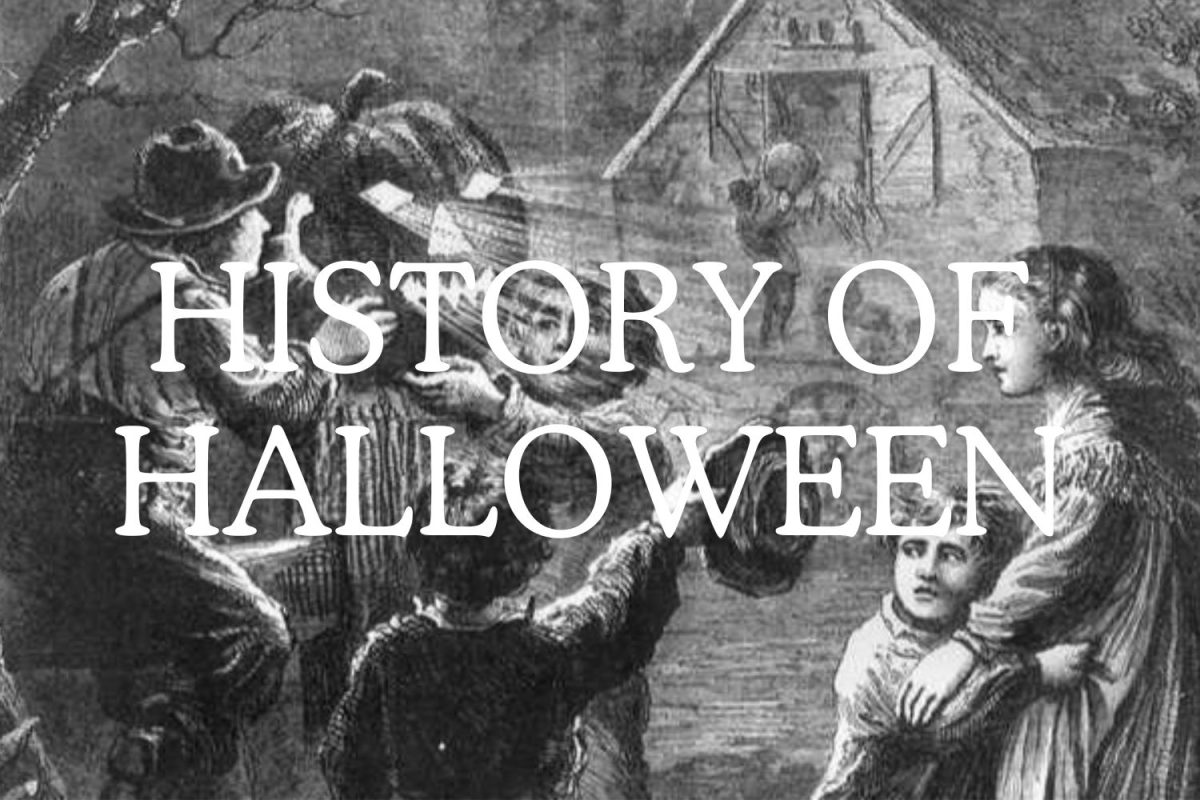The Halloween holiday has its roots in the ancient Celtic festival of Samhain, a pagan religious celebration to welcome the harvest at the end of summer, when people would light bonfires and wear costumes to ward off ghosts. In the eighth century, Pope Gregory III designated November 1 to honor saints. Soon after, All Saints Day came to incorporate some of the traditions of Samhain. The evening before All Saints Day was known as All Hallows Eve and, later, Halloween. Here is a look at the origins of some of the classic Halloween traditions we know today.
Carving Jack-o’-Lanterns
The tradition of carving Jack-o’-Lanterns originated in Ireland using turnips instead of pumpkins. It is allegedly based on a legend about a man named Stingy Jack who repeatedly trapped the Devil and only let him go on the condition that Jack would never go to Hell. But when Jack died, he learned that Heaven did not want his soul either, so he was forced to wander the Earth as a ghost for eternity. The Devil gave Jack a burning lump of coal in a carved-out turnip to light his way. Locals eventually began carving scary faces into their turnips to frighten away evil spirits.
Wearing Scary Costumes
To avoid being terrorized by all the evil spirits walking the Earth during Samhain, the Celts donned disguises so that they would not be mistaken for spirits themselves and be left alone.
Trick-or-Treating
There is much debate around the origins of trick-or-treating, but generally, there are three theories. The first theory suggests that during Samhain, Celtic people would leave food out to appease the spirits traveling the Earth at night. Over time, people began to dress as these unearthly beings in exchange for similar offerings of food and drink.
The second theory speculates that the candy boon stems from the Scottish practice of guising, a secular version of “souling.” During the Middle Ages, generally, children and poor adults would collect food and money from local homes in return for prayers for the dead on All Souls’ Day.
A third theory argues that modern American trick-or-treating stems from “belsnickeling,” a German American Christmas tradition where children would dress in costume and then call on their neighbors to see if the adults could guess the identities of the disguised. In one version of the practice, the children were rewarded with food or other treats if no one could identify them.
Click here for more in depth history of Halloween:
https://www.history.com/topics/halloween/history-of-halloween


